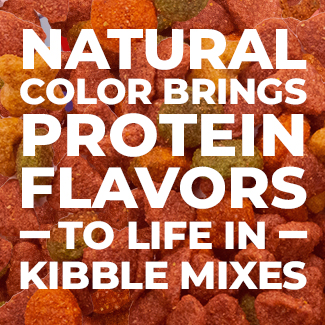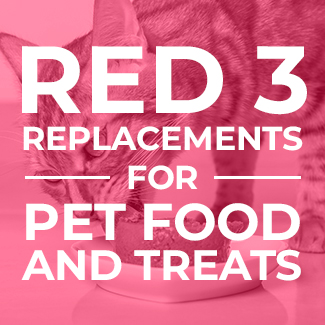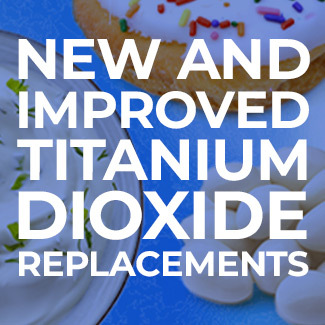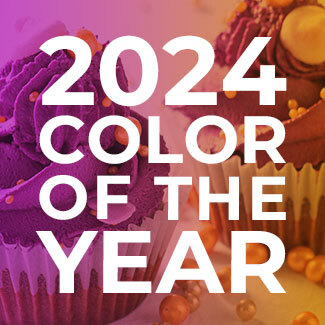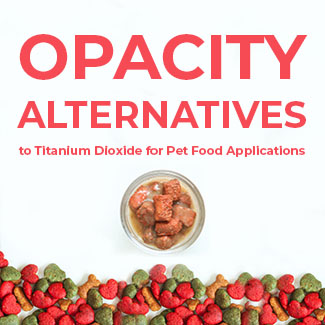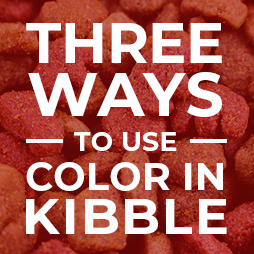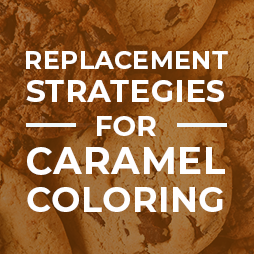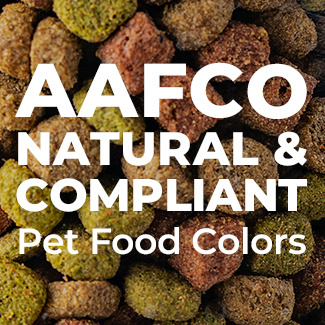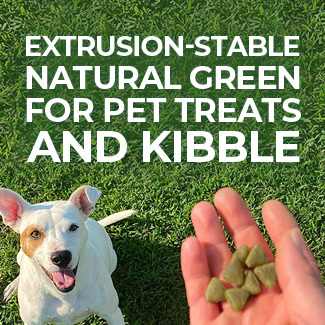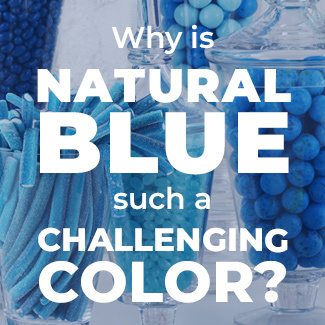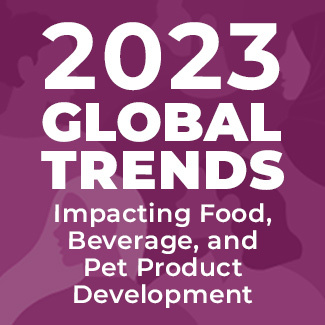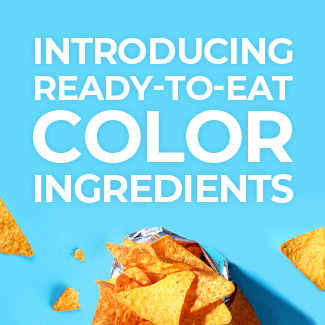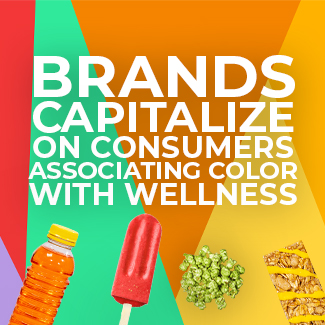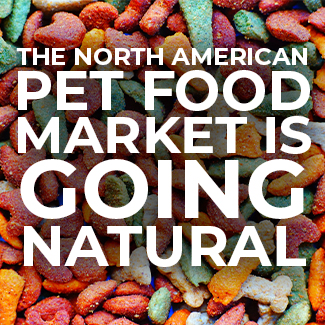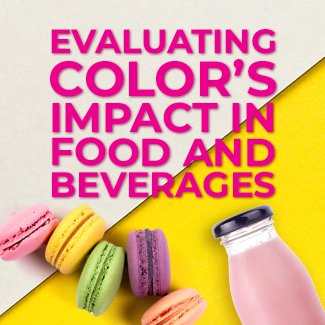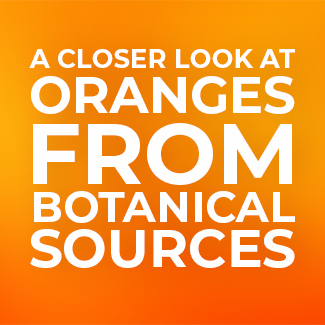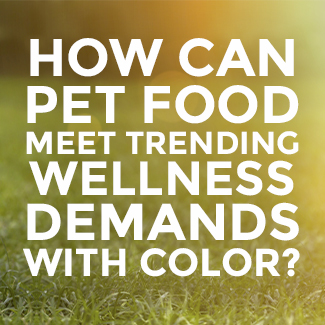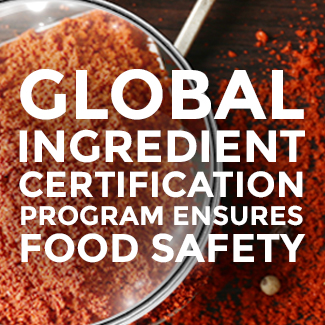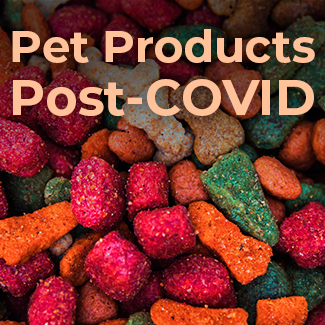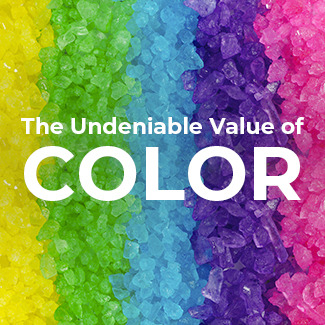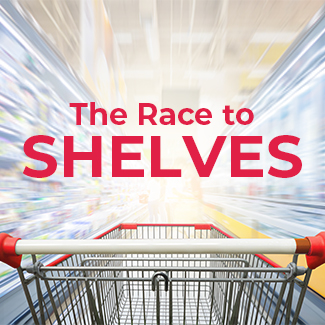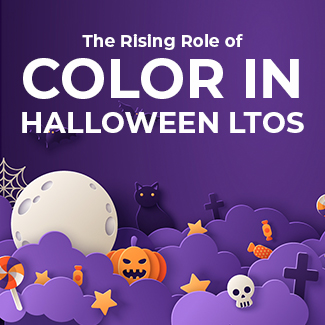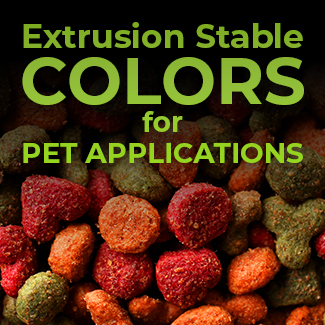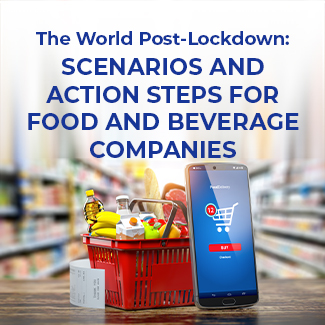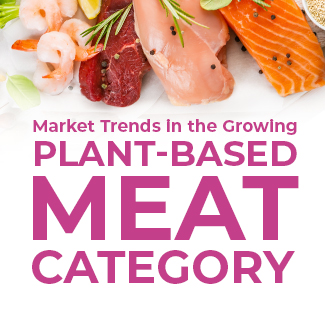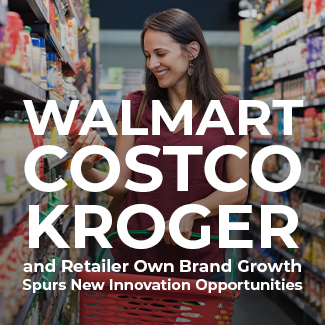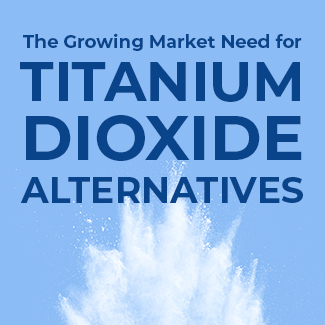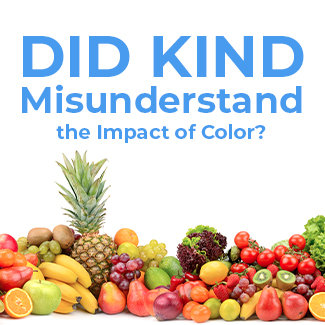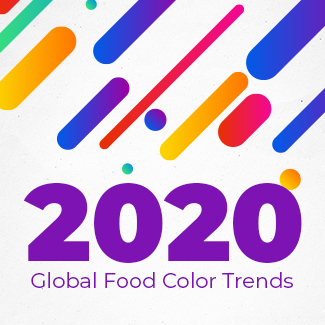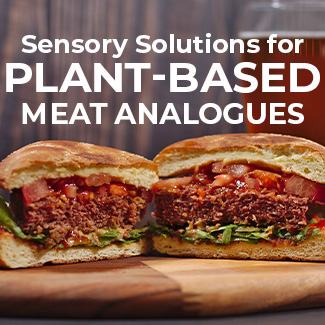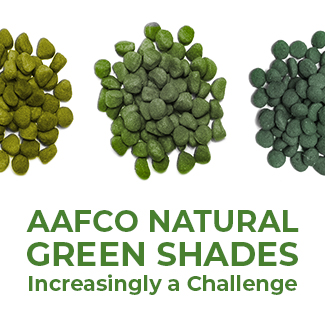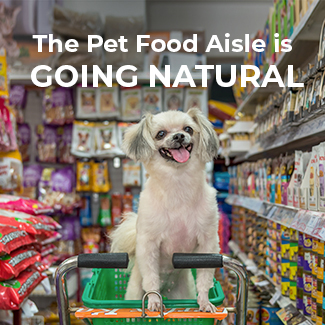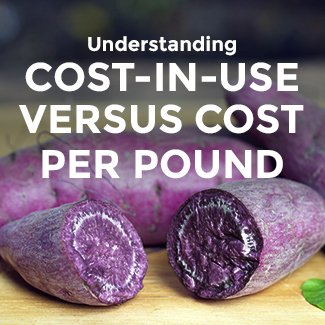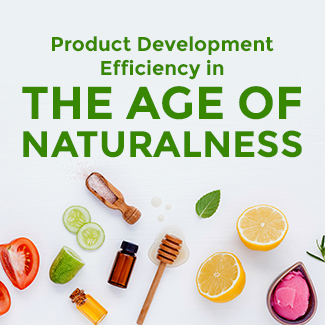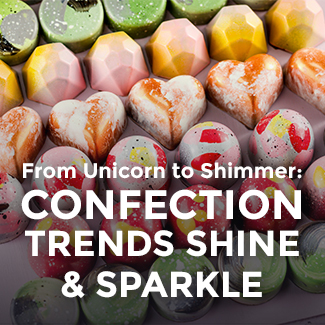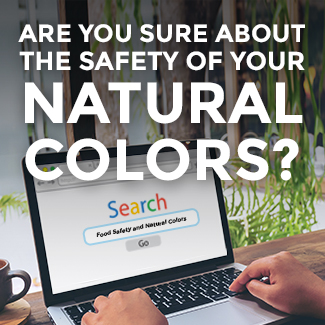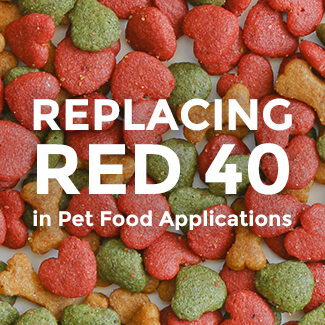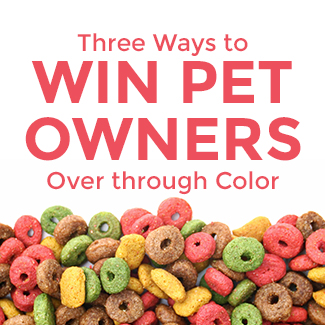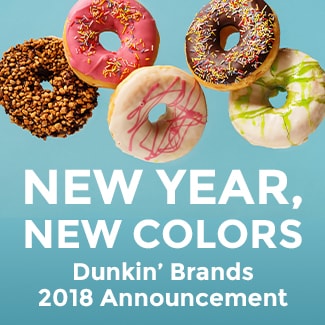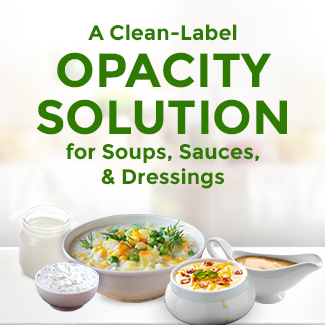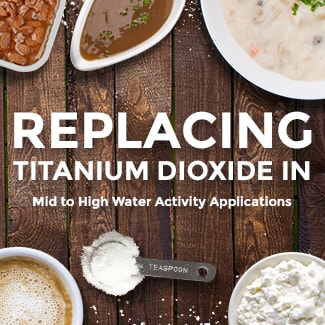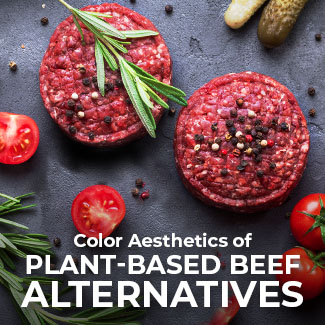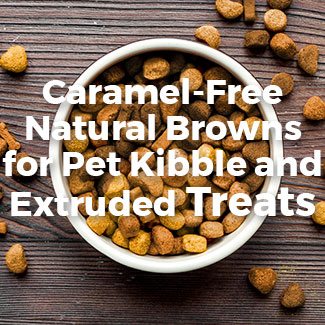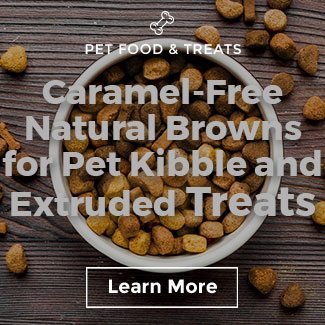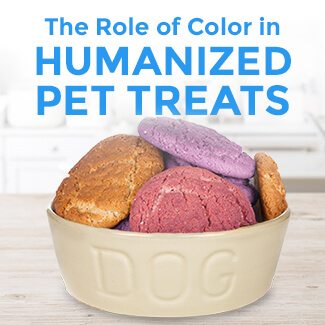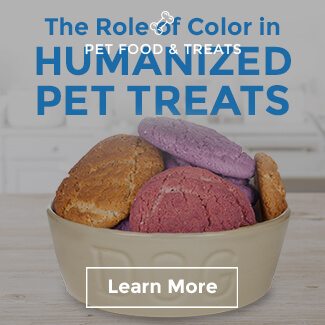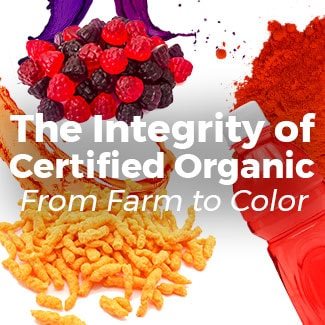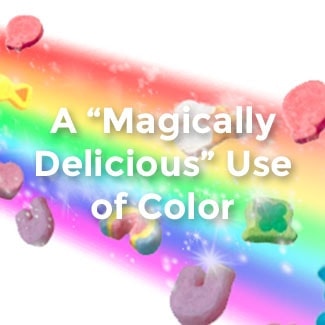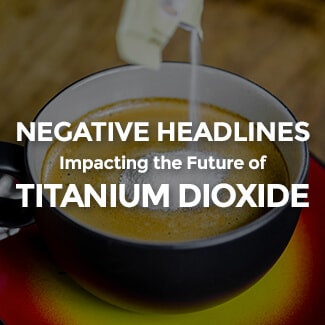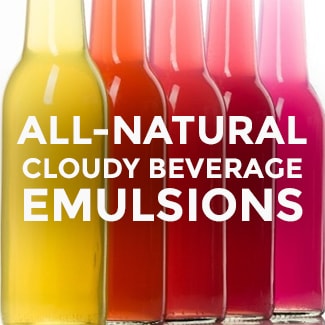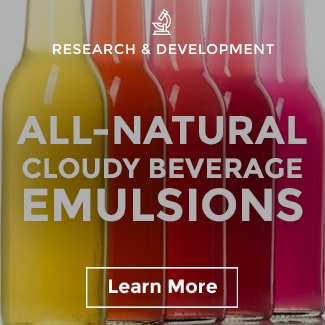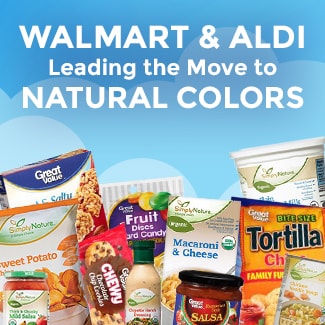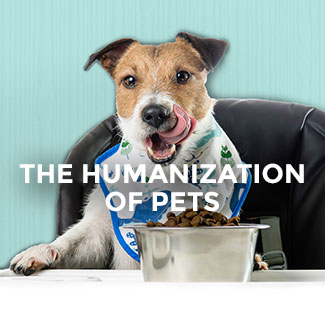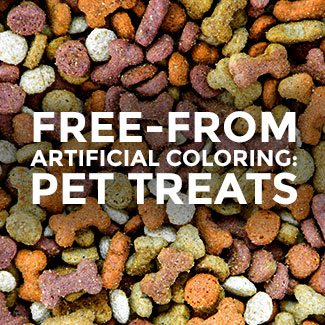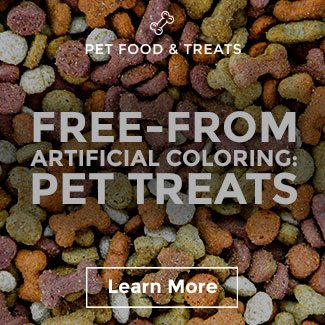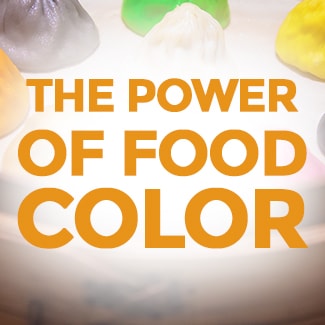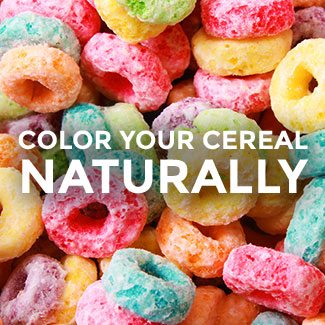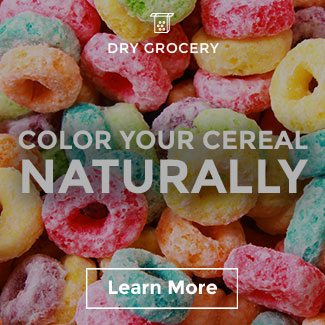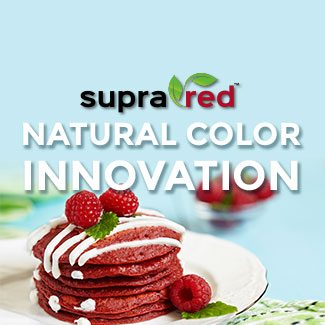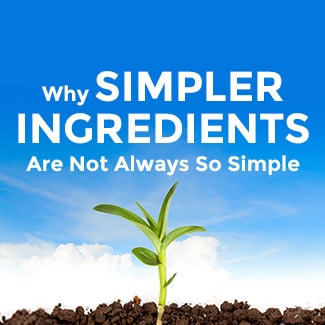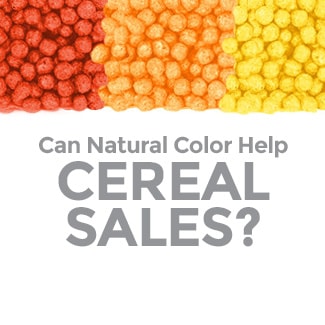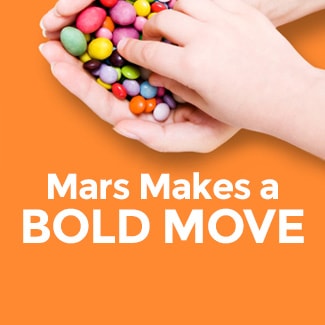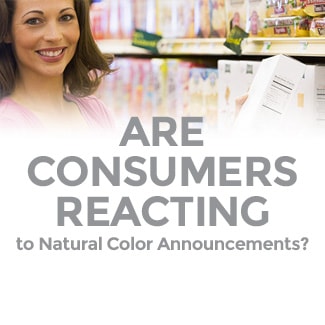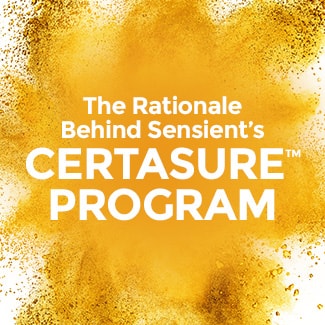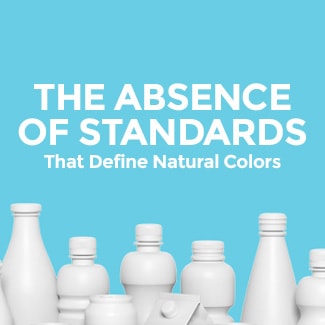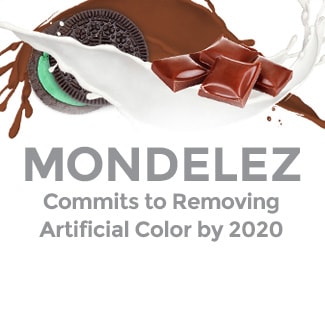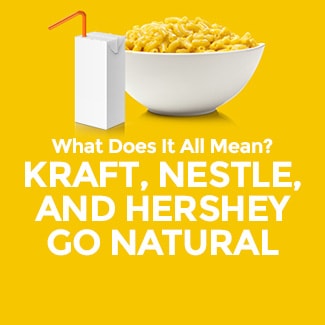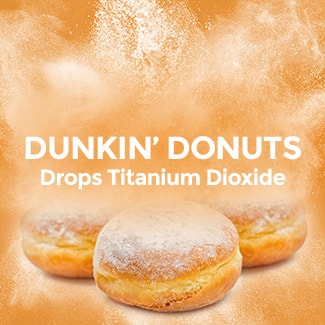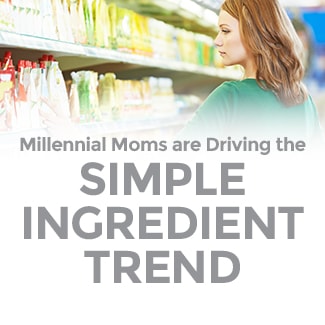Naturalness Wave Continues in Pet Food Category
The Evolution of Naturalness
Consumer ingredient awareness is rising for both human food and beverages, and that conscious shopping is increasingly applied to pet products as well. In 2019, Petco announced a “no-no list” of ingredients that included artificial colors, flavors, and preservatives that they would no longer allow in products sold in their stores. Both synthetic FD&C colors and Titanium Dioxide were included on the list.
The shift toward pet safe natural food coloring across the pet space has continued to accelerate in the past few years. Increased time at home during COVID lockdowns gave many consumers the opportunity to spend more time with their pets. Closer bonds between owner and pet furthered demands for recognizable ingredients, paralleling the better-for-you movement seen in the rest of the food and beverage market.

71% of pet owners want to know the
origin of pet food and treat ingredients
Mintel 2022
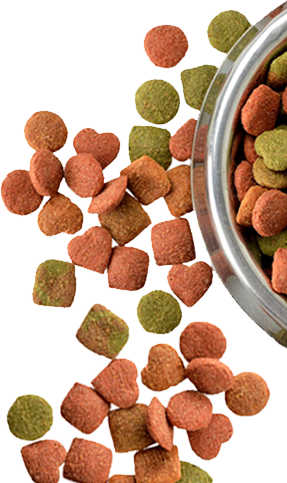
Brand responses to pet naturalness demands have taken two main routes: renovation and innovation.
Staple brands with consumer-beloved products like Milk Bone, Pupperoni, and Beneful have gone to
great lengths to maintain their identity and position in the market while replacing artificial
ingredients with natural alternatives. Others have built entirely new lines with natural ingredients
as a core value, like Rachel Ray Nutrish, Blue Buffalo, and FreshPet, to meet shoppers’ needs.

Rachael Ray Nutrish
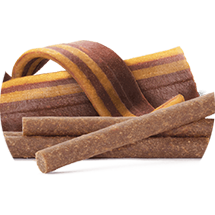
Blue Buffalo
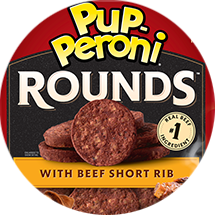
Pupperoni
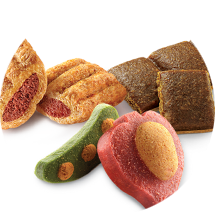
Purina
Color Impacts Purchase Rate,
Consumer Liking, Pet Liking
Brands like Rachel Ray and Blue Buffalo are using differentiated natural dog food
colors to appeal to pet parents and set leading brand standards. Not only do
pet owners expect natural ingredients to meet “better-for-pets” standards, they are also
looking for appealing colors.

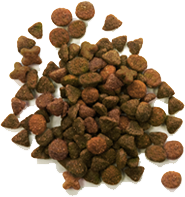
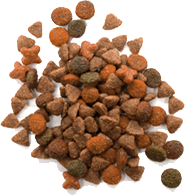
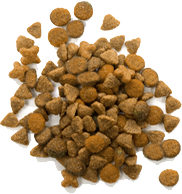
Studies from the Kansas State University Consumer Research Center and Sensient’s own consumer research conclude that overall liking and purchase intent for dog kibble is heavily influenced by appearance. Color has a greater impact on overall liking and purchase intent than aroma even though pets are driven by scent rather than sight. After all, it is not our dog who makes the purchase, but rather the pet parent.
Further, different colors in the same kibble mix scored more highly than monochrome kibble meals. Shoppers perceived multiple colors to reflect higher nutritional content and a variety of high-quality ingredients, impacting overall liking and increasing purchase intent.
Color is important for pet parents. Pet retailers choosing to offer only monochrome
kibble are not living up to leading brand standards with color.

What About Private Label?
Pet Retailers Carving Out Clear Path
Retailers are doing robust innovation and renovation of their own.
PetSmarts SimplyNourish line positions itself as highly nutritious with
superfood ingredient claims. Meanwhile, Petco aims to revolutionize the
way the industry thinks about pet wellbeing with a holistic approach that
aligns with many pet parents goals for their own health. Nutrition and
wellness claims are prominent across the board.
Will Grocery Retailers Pet Brands Jump on the Bandwagon?
However, these retailers are missing out on potentially lucrative
opportunities to capture shopper attention, liking, and loyalty with color use.
Mintel data shows that among wet food, dry kibble, and pet treats,
several key naturalness and wellness claims are popular in recent
launches: Wholegrain, High or Added Protein, Vitamin/Mineral Fortified,
Immune System Support and All Natural.
Check out these ways you can add a visual connection
to each of these claims in your next pet product:

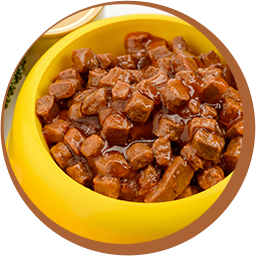
Wholegrain
Replace caramel color in dog food with rich natural browns from Sienna fruit juice and blends for darker shades emphasizing the naturally-occurring nutrients in wholegrain formulations.
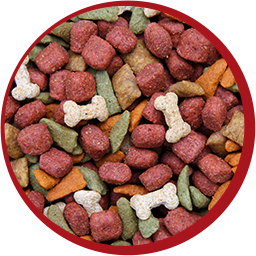
High or Added Protein
Depending on the protein source being highlighted, developers may look to deep reds from Magna Ruby and other heat-stable beets for beef, pork, or jerky visuals. For white meat recipes matching chicken fish, or turkey, Sensient’s Avalanche™ portfolio brightens and whitens kibble treats and wet food without titanium dioxide.
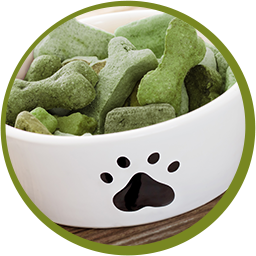
Vitamin/Mineral Fortified
Because leafy green vegetables are known for their high vitamin and mineral content, green shades give a visual cue to pet parents that kibble and treats are fortified. Create these vibrant shades with Sensient’s unique green solutions that survive harsh heat processing like extrusion.
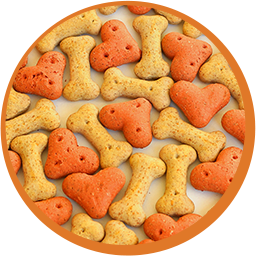
Immune System Support
Bold yellows and oranges represent traditional immune boosting ingredients, and Sensient’s annatto, USA-sourced paprika, turmeric, and beta carotenes offer a range of shades in for wellness-focused treats, wet food, and kibble.
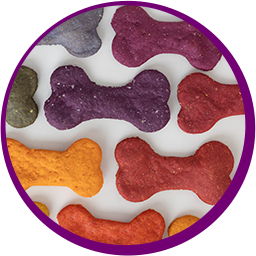
All Natural
The natural color industry has made dramatic progress in the past few years to achieve a bright, bold rainbow with solutions nature’s most vibrant shades. Sensient offers a robust natural color portfolio that enables developers to create AAFCO-natural products with pet parent approved ingredients.
AAFCO guidance enables formulators to select safe food coloring for dogs and cats while reaching the visual appeal their owners seek in kibble, canned food, and treats. Sample AAFCO-approved natural pet food color today to get started or reach out if you still have questions for our team of color experts.



